Mold Inspection & Testing
Signet Environmental
Mold Inspection & Testing
On average, we spend over 80% of our time indoors in a conditioned space with our homes representing the bulk of that time. Because our homes allow for little outdoor air, most of the air we breath is a chemical/particulate composite of every component found in our homes including people, pets and yes, mold.
So if you’re wondering if your home has a mold problem and are looking for more the just doublespeak, hype and sample taking, you’ve come to the right place! Call Signet Environmental for Placer County mold testing, Nevada County mold testing, Lake Tahoe mold testing, Truckee mold testing, Nevada City mold testing, Grass Valley mold testing, Colfax mold testing, Auburn mold testing, Lincoln mold testing and Roseville mold testing.
Am I crazy for considering a mold test?
Many people suspect a mold problem in their homes due to musty smells or physical symptoms that may or may not have anything to do with mold exposure. That being said, if there is a suspected indoor air quality issue if for nothing else but peace of mind, it might make sense to address it to both determine the validity of the mold suspicion, and if needed to remediate the mold before it becomes problematic. If after reading the information below you feel a mold inspection may be right for you, call Signet Environmental for your Placer County mold testing and Nevada County mold testing concerns today.
 What are molds?
What are molds?
Molds are organisms that are found indoors and outdoors. They are part of the natural environment and play an important role in our ecological system by breaking down and digesting organic material. Molds are neither plants nor animals. They are part of the kingdom Fungi and there are over 100,000 species. In nature, mold helps decompose or break-down leaves, wood and other plant debris. Molds become a problem when they go where they are not wanted and digest materials such as our homes. Yeast, mold, mildew and mushrooms are common forms of fungi. Mold is essentially a description of fungi that grows on surfaces, such as the black substance on a moldy shower wall. Mold and mildew often refer to the same type of fungi and molds can grow in many colors, including white. “Black mold” is not a species or specific kind of mold, and neither is “toxic mold.” Sometimes the news media use the terms “toxic mold” and “black mold” to refer to molds that may produce mycotoxins, or for a specific mold known as Stachybotrys chartarum. Molds that produce mycotoxins are often referred to as toxigenic fungi.
How does mold enter my house?
Mold spores are ubiquitous; they are found both indoors and outdoors and cannot be eliminated from indoor environments. Mold enters your home as tiny spores floating in the air through doors and windows as well as entering on settled dust through foot traffic or on pets. But even though spores are present in every house, the spores need moisture to begin growing, multiplying, digesting and destroying. Molds can grow on almost any surface, such as wood, ceiling tiles, wallpaper, paints, carpet, sheet rock, and insulation but mold grows best when there is elevated moisture from water intrusion or high relative humidity. There is no way to get rid of all molds and mold spores from your home, but you can control mold growth by keeping your home dry.
 Should I be worried about indoor mold?
Should I be worried about indoor mold?
Mold is not usually a problem indoors unless mold spores land on a wet or damp spot and begin growing. As molds grow, they digest whatever they are growing on and left unchecked, mold growth can; damage furnishings, rot wood, damage drywall and eventually cause structural damage to the building. Additionally, mold can cause cosmetic damage such as stains to furnishings, ceilings, walls, floors, etc. The potential negative health effects of mold are also a concern so all told, it is important to prevent mold from growing indoors.
Are all molds created equal?
Certain mold types are more problematic than others such as Stachybotrys, Chaetomium, Memnoniella, Trichoderma, Ulocladium and Aspergillus, all of which can thrive in areas with elevated humidity levels. These are the most common molds we find which can pose a possible health threat or which represent possible damage to the structure. Any mold can be allergenic to some people but molds that release mycotoxins which is a toxic secondary metabolite produced by some molds is capable of causing disease and in some cases death in both humans and animals. Mycotoxins related to mold have different exposure levels and do not affect all people in the same way. In general it is children, the elderly, those suffering from pulmonary distress, a weakened immune system, or a severe mold allergy that are most affected.
What health concerns are associated with mold?
Common medical complaints related to mold exposure include shortness of breath, headache, anxiety, depression, memory loss, visual loss, muscle and joint pain and gastrointestinal complaints. Mycologists classify molds into three groups based on human responses:
• Allergenic molds: Rarely life threatening but pose a problem to asthmatics.
• Pathogenic molds: May produce an infection such as Aspergillus fumigatus.
• Toxigenic molds: Produce mycotoxins which can pose serious health threats to many.
Are there California laws governing mold?
Indoor dampness and mold (fungal growth) are common problems in California and worldwide. In its 2005 report to the California State Legislature in response to the 2001 Toxic Mold Protection Act (SB 732), the California Department of Public Health (CDPH) concluded that sound, science-based Permissible Exposure Limits (PELs) for indoor molds could not be established at that time. The scientific basis for this conclusion has not changed and to date, no federal or state policies set safe exposure limits or quantify the health risks from dampness and mold in buildings. While Permissible Exposure Limits (PELs) remain elusive, as of Jan 1, 2016, the presence of visible mold was added to the list of conditions in the California Housing Code, already including dampness of habitable rooms, that make housing substandard (Cal. Health & Safety Code §17920.3).
Should I test for mold?
For most situations and people, the short answer would be “probably not”. Keep in mind the EPA suggests that in most cases, if visible mold growth is present sampling is unnecessary and if the moldy area is less than 10 square feet, it can usually be successfully remediated by the homeowner without professional cleanup help. The exception would be for the elderly, small children, and those with compromised immune systems or who are allergic to mold. Fortunately, the American College of Occupational and Environmental Medicine (ACOEM) estimates only about 25 percent of people with allergies are allergic to mold. According to the ACOEM, this equates to roughly 10 percent of Americans who are allergic to mold, and for about half of them, the allergy may result in an actual illness.
Proper Mold Assessment Protocol.
Proper mold assessment requires the establishment of Data Quality Objectives (DQO) that sets a specific goal before any sampling is done. The DQO process is used to establish performance and acceptance criteria, which serve as the basis for designing a plan for collecting samples of sufficient quality and quantity to support the goal of the assessment. The inspector and client should agree on the goal established and agree upon how the assessment should be performed.
The Inspector should then proceed by collecting and analyzing all relevant information about the building, its systems and components, by performing a non-intrusive, visual examination, and if necessary, by taking multiple mold samples. The mold sampling should be in alignment with the client’s concerns about the suspected presence of elevated levels of mold. Most if not all recognized authorities on mold and indoor air quality assert that the visual mold inspection is the most important aspect of a an overall mold assessment and sampling is the least important. In the world of true indoor air quality professionals, sampling is generally related to baseline measurements that are used to assess if remediation goals have been met. In the absence of goals, sampling is generally unnecessary and the data is irrelevant.
How do I choose a mold inspector?
What can I expect from a Signet Environmental mold assessment?
- A comprehensive visual, non-invasive mold inspection of the house following the IAC2 Mold Inspection Standards of Practice.
- A sampling of the home’s air to determine mold spore count.
- Surface samples of affected areas, if requested.
- ERMI dust samples of appropriate areas, if requested.
- A licensed and certified independent lab analysis of air and/or surface samples.
- A comprehensive mold report detailing the various mold types and accumulations.
- Remediation recommendations based on the inspection and sampling results.
Call Signet Environmental for Northern California mold testing, Placer County mold testing, Nevada County mold testing, Lake Tahoe mold testing, Truckee mold testing, Nevada City mold testing, Grass Valley mold testing, Colfax mold testing, Auburn mold testing, Lincoln mold testing and Roseville mold testing.
If you have reason to believe you have mold or an indoor air quality issue, please contact us today at 530-273-1300 X100 and we’ll be happy to help you determine your next best step.









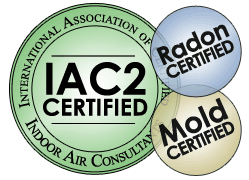
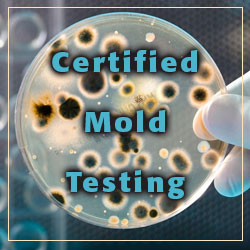

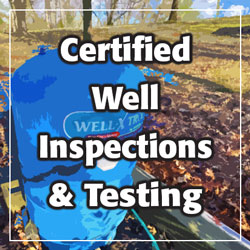
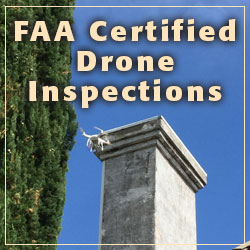
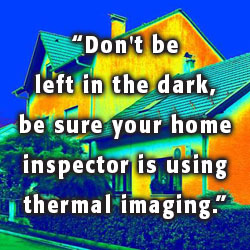
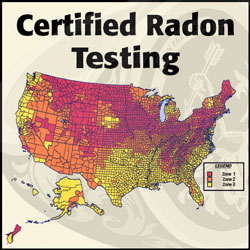
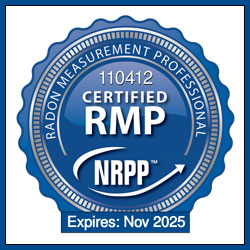
Environmental Testing News
Follow Signet Environmental via social media.